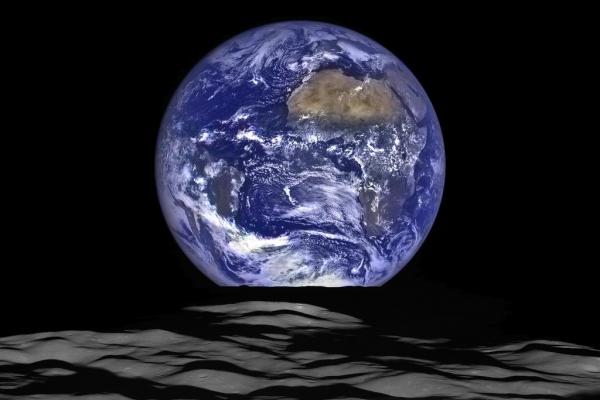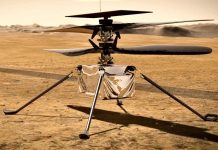
GREENBELT, Md., Dec. 18 (UPI) — On Friday, NASA shared a composite Earthrise image captured by cameras on the spaces agency’s Lunar Reconnaissance Orbiter.
On the moon, Earth never actually appears to rise or set because the Earth and moon are tidally locked — it’s why the face of a full moon always looks the same.
“Earth is always in the same spot above the horizon, varying only a small amount with the slight wobble of the moon,” Mark Robinson, principal investigator for LROC, said in a press release.
“The Earth may not move across the ‘sky’, but the view is not static,” Robinson continued. “Future astronauts will see the continents rotate in and out of view and the ever-changing pattern of clouds will always catch one’s eye, at least on the nearside.”
The appearance of Earth rising from the lunar horizon is created by LRO’s movement around the moon as it captured the photos of Earth. The composite image is a combination of data acquired by Lunar Reconnaissance Orbiter Camera, or LROC.
LROC actually has two cameras — a black-and-white, high-resolution Narrow Angle Camera and a color, low-resolution Wide Angle Camera.
LRO spends most of its time imaging the lunar surface. Occasionally it points skyward toward outer space to image the moon’s wisp-thin atmosphere. Sometimes, Earth is caught in the lens. But capturing the Earth and moon, positioned as they are in the latest image, is no easy task. It’s a feat of acrobatics.
The probe most roll 67 degrees on its side and tilt in the direction of its fast-paced orbit to maximize the width of the lunar horizon. Because this maneuvering and high-speed travel makes capturing high-res images difficult, images must by pieced together to get maximum clarity.
The work paid off, as both Earth and the lunar surface are seen in impressive sharpness.
“The image is simply stunning,” said Noah Petro, deputy project scientist for LRO.






